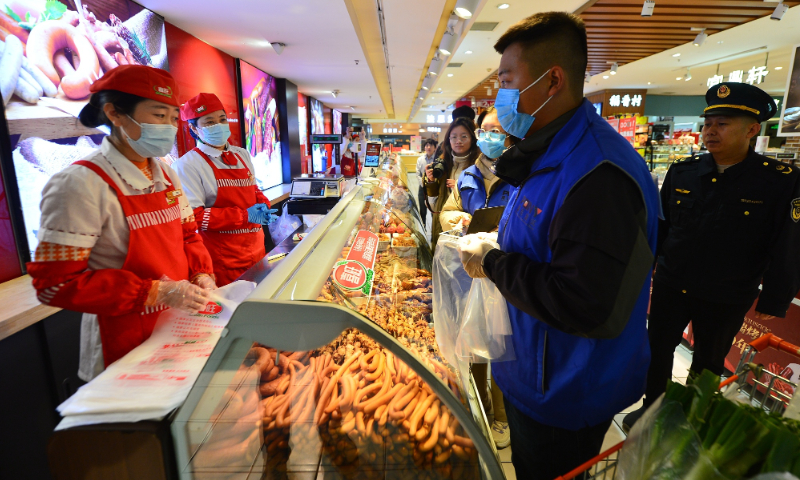China aims to achieve an annual growth rate of over 20% in the data industry by 2026

Seventeen Chinese departments, including the National Data Administration (NDA), have introduced a "Data Element X" plan for 2024-2026, aiming to achieve an annual growth rate of over 20 percent in the data industry by the end of 2026.
The plan aims to unlock the multiplier effects of data, fostering advancements in large models and internet-connected vehicles across 12 industries. This initiative is designed to facilitate the transformation of China's advantage in basic data resources into new economic strengths.
By the end of 2026, it is anticipated that data elements will significantly impact economic development. The plan envisions the creation of more than 300 typical application scenarios, with the data industry's annual growth rate exceeding 20 percent and the size of data transactions doubling, as stated on the NDA's official WeChat account on Thursday.
Data elements are poised to play a pivotal role in shaping new business formats and emerging as a key driver for economic growth, as outlined in the plan.
The objective of the plan is to maximize the impact of data, unlocking its value to benefit 12 industries and fields, including industrial manufacturing, agriculture, commerce, transportation, financial services, technology, culture and tourism, healthcare, emergency management, weather services, urban governance, and green carbon.
Furthermore, the plan aims to bolster the development and training of large-scale artificial intelligence models by leveraging scientific data. It also seeks to foster innovation in intelligent connected vehicles by dismantling data barriers among automotive companies, third-party platforms, and transportation enterprises. Additionally, the plan advocates for diverse forms of social capital to invest in the data industry and supports data businesses in their endeavors to go public and raise funds.
By advancing data utilization, China aims to enhance resource allocation and stimulate the emergence of new industries, patterns, and growth drivers, said Shen Zhulin, deputy head of the NDA, during a press conference introducing the plan in December.
"Data, as a new production factor, has rapidly integrated into the processes of production, consumption, circulation, distribution, and social service management, emerging as a crucial driving force for high-quality economic and social development," Shen said.
He highlighted that there is still room for improvement in terms of the quality of data supply, circulation mechanisms, and the potential of data application, emphasizing that addressing these areas will be a primary focus of this initiative.
With the unveiling of the plan, data elements are set to be deeply integrated into the real economy, daily life, economic transformation and upgrading, and the establishment of a digital China, according to analysts.
China's data industry has witnessed rapid growth in recent years. In 2022, the country's data transaction market size surged by 42.0 percent compared to the previous year, reaching 87.68 billion yuan ($12.27 billion). This constituted 13.4 percent of the global market and 66.5 percent of the Asian data market.
The NDA, inaugurated in October, plays a key role in advancing the planning and development of a Digital China, the digital economy, and a digital society. It is tasked with fostering the construction of data infrastructure and coordinating the integration, sharing, development, and application of data resources.

